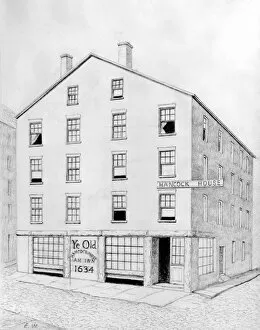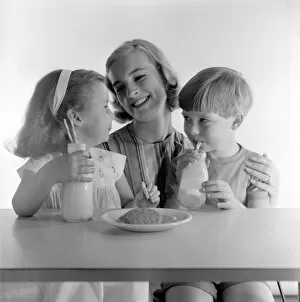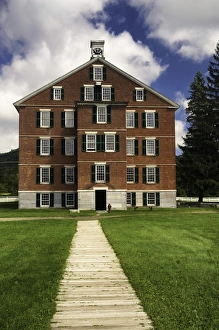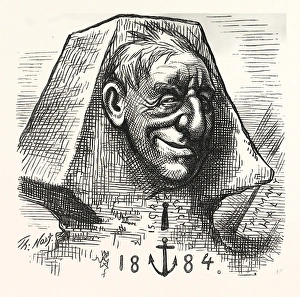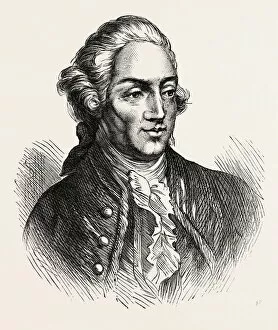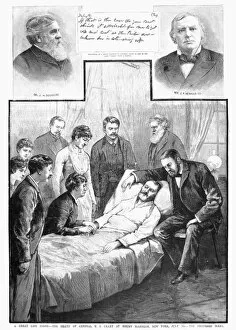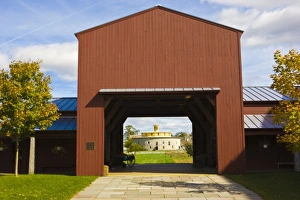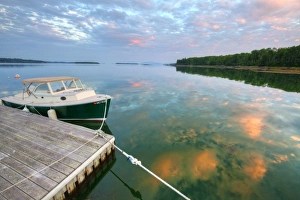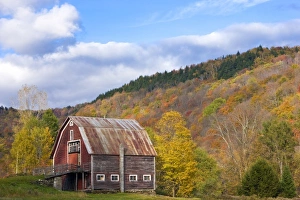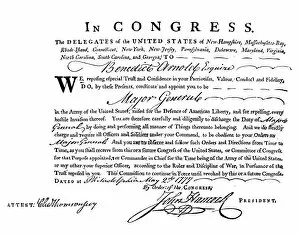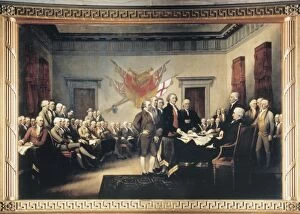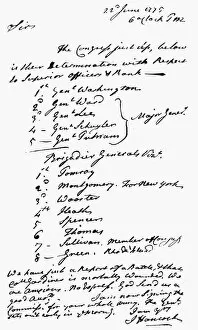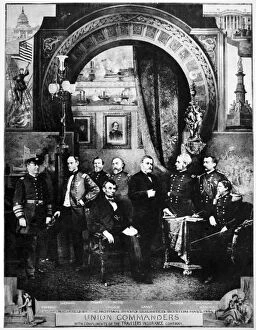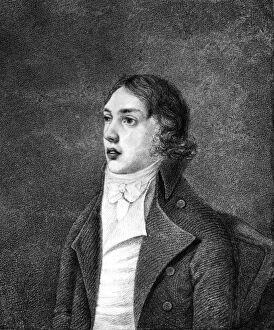Hancock Collection (page 4)
"Hancock: A Legacy of Courage, Leadership, and Artistic Brilliance" Step into the world of Hancock, where history intertwines with artistry and bravery
All Professionally Made to Order for Quick Shipping
"Hancock: A Legacy of Courage, Leadership, and Artistic Brilliance" Step into the world of Hancock, where history intertwines with artistry and bravery. From the hallowed grounds of Gettysburg to the bustling streets of Chicago, this name has left an indelible mark on various aspects of American culture. In 1863, during the Civil War's pivotal Battle of Gettysburg in Pennsylvania, General Winfield S. Hancock led his valiant 72nd Pennsylvania Infantry Regiment in a daring charge. Their unwavering determination is immortalized in Paul Philippoteaux's cyclorama at Gettysburg National Military Park – a vivid testament to their sacrifice. But Hancock's influence extends beyond military prowess. Picture yourself standing amidst Chicago's iconic skyline and gazing out onto Lake Michigan from Lake Shore Drive and Michigan Avenue – a breathtaking vista that owes its grandeur to visionary architects like Daniel Burnham and John Wellborn Root who shaped this cityscape. Delve further into history as you explore the first page of signatures on the Declaration of Independence. Among them stands John Hancock himself – his bold signature embodying defiance against British rule during America's fight for independence. From one battlefield to another, we find Brigadier General Winfield Scott Hancock leading Union soldiers alongside his dedicated staff in 1861. Their unity exemplifies resilience amid turmoil as they fought for a united nation torn apart by war. Art takes center stage once again with Currier & Ives' lithograph titled "John Hancocks Defiance. " This captivating piece captures both strength and rebellion through intricate details that bring history alive even today. Traveling northward brings us to Quincy Copper Mine in Hancock, Michigan – Shaft No. 2 serving as a reminder not only of industrial progress but also the perseverance embedded within American heritage. Switching gears musically leads us to Herbie Hancock - an artist whose innovative jazz compositions have captivated audiences worldwide.


